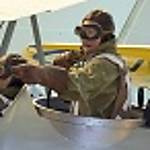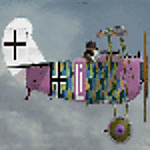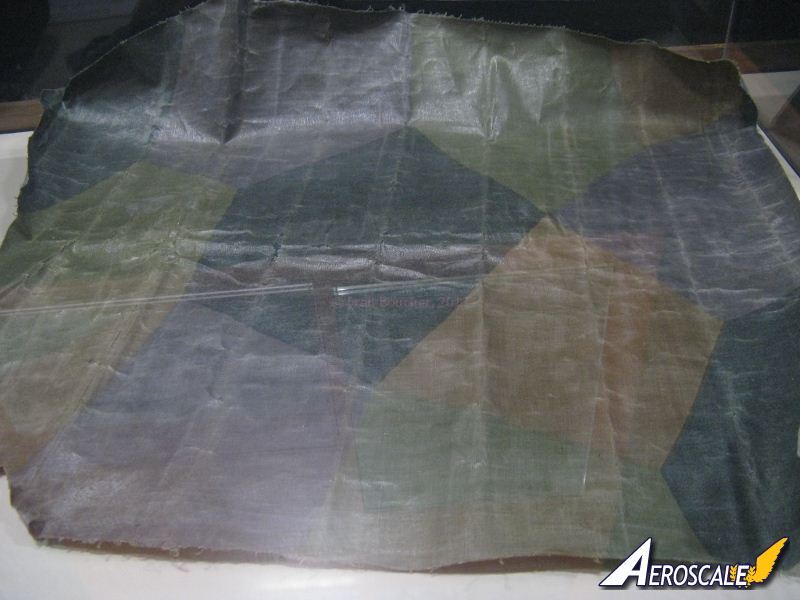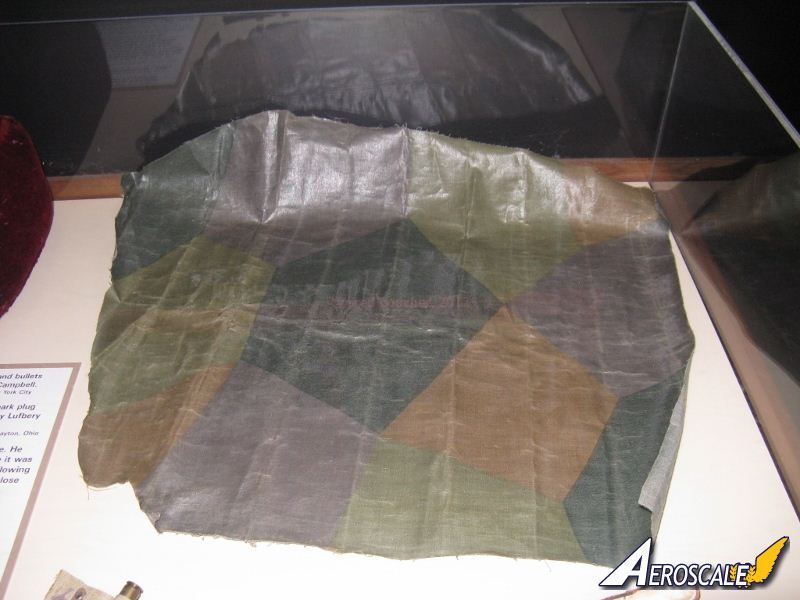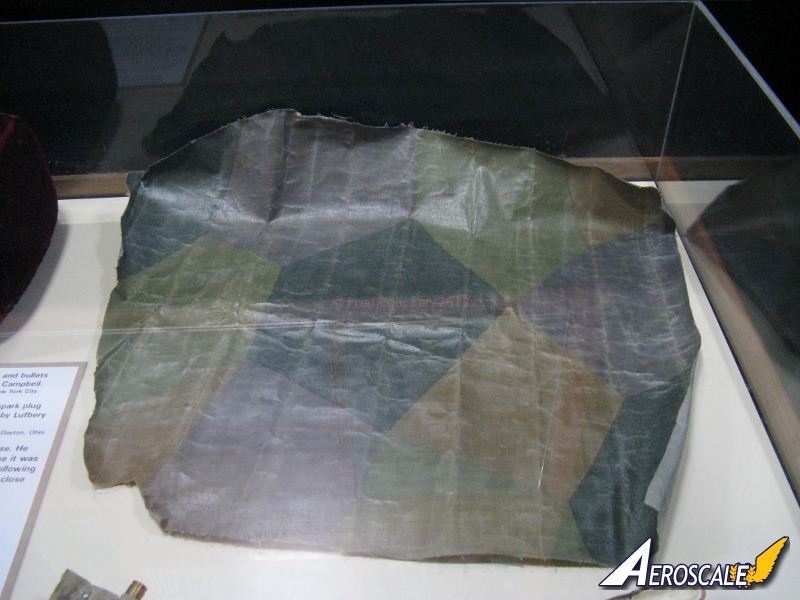Quoted Text
This is very interesting about the camoflage. I have two observations to make.
1. The French D.VII lozenge looks like the Eduard Lozenge. Perhaps one should consider the the actual lozenge (D.VII lozenge) is correct (for that aircraft) (this not knowing whether this is a replacement or original [though it looks original]).
Yes, it was recovered and no the lozenge "camouflage" not accurate to the original. Eduard used it in their study examples. Eduard did try to get the hues right. Here is a hue comparison. The images will give you an idea of what I mean.
Quoted Text
2. having been in the printing industry which includes the printed fabric industry, even with "stingent" gov oversight, the print run varies. if the dyes are not agitated you will find lighter colors and darker colors in the print run. Are dyes vegtable or synthetic? The set of the fabric would be different. The fade factor would be different. At the end of the war the dyes were bad. To many variables to argue which color is better.
The German govt. had quality control personnel working at the textile mills to insure with reasonably "stringent" oversight that products met contractural obligations. These colours were to be "fast" and there application with dope were sealed against the elements. While I agree there may have been some variations and even in two cases colours were replaced with more available stocks due to shortages. I disagree with your "Too many variables."
Quoted Text
At the rate we are going we are running out of even second generational experts. I usually use the Smithsonian Alb. DV restoration book for color reference. . .
While I am sure you meant no offense, But I have original examples of the various printed fabric camouflage at my disposal and disagree with your statement concerning second generation experts. Also I have several copies of the Smithsonian book on the Albatros D.Va which displays 5 colour lozenge not 4 colour.
Quoted Text
If you want to judge accuracy make sure the values are in black and white,(take a black and white picture of the model and check it to the picture of the original) or from a contemporary painting.
Captn Tommy
BTW pinks fade . . .
Orthochromatic film has not been used in decades. If you intend on judging tones by "modern" black and white photo images of a model you will get lost very quickly. And the pinks were on the undersurfaces and usually protected from sunlight as well as being sealed like the upper surface colours.
To Everyone, If you want to build your kit as you will, there is nothing wrong with that choice. But this thread is probably not going to help you. We are attempting to get certain known aspects of this subject out to the modeler that want help with the applications. To most of us getting it done like the original is half the fun.
In a recent discussion with an Eduard team member I was told that if I didn't like their lozenge decals that I could use aftermarket sets. My response was, ". . .since Eduard has a marketing plan of giving the modeler everything they need to build a kit, why send them to an aftermarket dealer when getting it right is so easy?" Eduard buys in bulk and if something is wrong with a product it costs them more money to fix it. That cost is then passed on to you the modeler.







